The Nikkei community in Canada — the biggest representation of which is in Vancouver, BC — numbers 99,000 strong, as of the 2021 census. Japanese nationals first migrated to Canada between 1877 and 1928, with Manzo Nagano as the first recorded Japanese settler in Victoria, BC. Early immigrants went through numerous challenges, most of which were related to racial discrimination, as well as to issues brought on by World War II. But by the early 1890s, the Japanese Canadian community had grown and flourished, with many of the immigrants having established a robust community that was centered on and around Powell Street in Vancouver.
Revival
A big part of the decision to settle in Vancouver was the presence of the Vancouver Japanese Language School & Japanese Hall (VJLS-JH), which was established in 1906 as a not-for-profit organization to teach and propagate the culture and language of Japan in British Columbia. Located in the heart of the Powell Street vicinity, on Alexander Street, the school was to become ground zero of the Nikkei emigration into Vancouver.
Also known back then as “Paueru Gai” (which literally translates as “Powell Town”), Powell Street was regarded as the primary Japanese-Canadian settlement, one that continued to boom into the 1920s, with around 10,000 settlers calling the area home.
The vicinity became a thriving mixed-use locale with residences and places of business owned by Japanese Canadians. Meanwhile, areas in proximity to Powell Street likewise became known as a melting pot of cultures and races; aside from the Japanese settlers, Chinese, African, and eastern European migrants populated the neighboring vicinities, adding to the overall dynamism of the community. In time, Powell Street was recognized as the center of Nikkei culture in Vancouver; a dynamic hub for Japanese trade and business, arts and culture, as well as sports. People from all over the city came to nearby Oppenheimer Park to watch the games of the Asahi team, British Columbia’s Japanese-Canadian champion baseball squad.
Japanese nationals first migrated to Canada between 1877 and 1928, with Manzo Nagano as the first recorded Japanese settler in Victoria, BC.
Ruin
As vibrant as Paueru Gai was, however, the onset of World War II drastically changed the locality. The Nikkei were driven from their well-established community, casting the long shadow of war over Powell Street’s once-lively cultural character. The bustling business scene came to a grinding halt, ushering in an economic depression in a neighborhood that had become a veritable ghost town.
It was a dark time in the history of the Japanese Canadians, one that would forever leave its mark on Powell Street. While steeped in rich Japanese Canadian tradition, present-day Powell Street does not bear the typical hallmarks of a “Japantown” or a “Little Tokyo,” as do most other Nikkei communities around the world. In fact, visitors to the area may be forgiven for not knowing that Powell Street was once the pinnacle of Japanese Canadian culture in British Columbia.
Rebuilding
After the war, a number of Japanese Canadians returned to Vancouver — many of whom came back for the school — as well as to other parts of Canada. In 1975, Jun Hamada and Takeo Yamashiro founded the Japanese Canadian Volunteers Association known as Tonari Gumi to provide support for the Issei — the original Japanese immigrants — and their descendents. By that time, post-war, the original immigrants had entered into their old age and many of them were out of jobs and impoverished. With funding from the provincial government of Vancouver and other entities, Hamada and Yamashiro started programs and services to assist the Issei.
Rebirth
In 1977, as the Japanese Canadian centennial year rolled around, Tonari Gumi had several events in place to commemorate the milestone; among these, Memorial Sakura tree planting on Powell Grounds, the national centennial project “A Dream of Riches,” and the first-ever Powell Street Festival, a legacy project and tradition that is held annually, to date, usually in August. The free two-day festival attracts thousands of visitors, who come to immerse themselves in the festivities, all of which are centered on Japanese arts and crafts, music, dance, and Japanese Canadian history.



In this sense, over decades, the Paueru Gai community has been reborn. And, while Powell Street no longer basks in its former Nikkei glory, it certainly remembers and rejoices in its deep roots.







